A wise teacher once said
“If you want to forget something, put it in a list.
If you want to remember something, create an image.”
As a visual learner, you would think I focused more on the “create an image” part, but actually it was avoiding using lists the one that really struck a chord. When I was in college, I remember trying to make lists of definitions and memorizing them like a madman, in fact, you can see an example here:

The more I learned, the more I noticed that I just couldn’t look at the content and memorize it, no… I had to do SOMETHING, ANYTHING with it. But… if lists don’t work… what does?
Let me give you 5 easy tips to boost your retention to levels you haven’t seen before.
1. Create a Lexical Notebook.
The first thing you need is a place where all of it goes together. It can be a folder on your computer, or a WhatsApp group where you put it all together. Because I love me some writing, I’m going to recommend using a physical notebook that you can fill as time goes on. I personally like using square grid notebooks to take advantage of all the space.
Afterwards, every time I interact with a new piece of vocabulary, I take note of the most important aspects for me, like the definition, what kind of word it is, the phonetic transcription and maybe some synonyms and opposites. You choose what info will help you remember!
2. Personalize and contextualize
“But, Borja,” you may say, “that sounds a lot like making a list.” And you will be right! That’s just step one: knowing what information you want to put down.
The next step is probably the most important. Don’t think about making lists; think about filling categories and personalizing your vocabulary. Instead of just making a list of random verbs, put together verbs that you would use in the kitchen, such as cut, boil, fry, dry, steam, etc.
To take it to another level, personalize it. Instead of making a list of food and dishes, divide your notebook into four grids and create some categories. I wrote down “I love…”, “I don’t mind…”, “I’d love to try…” and “I’d never have…” and I’m going to put some new yummy (and not so yummy) vocabulary in each.

3. Start from the middle, and see it grow.
Ok, that’s a good one, but… it still looks like a list, no? Well, let’s flip it.
A great tip is the one you will find in the title of this sections. Instead of making a list, think of it as a mind map that starts to grow from the middle of the paper. This way, you can add much more information as time goes on. You start in the middle and move out. Remember to give it a nice title so you stay on topic! So you don’t have to suffer again from my horrible handwriting, here is an example with an easy to use canva template.

From here, I can add some of my thoughts and extra information that I think is important, like some phonetic transcriptions.
Make it fun and personal. It should matter to YOU!

4. More images, less words.
There’s nothing wrong with a word here or there, but a picture is worth a thousand words, right? Sure, you can write long definitions about geography, but this picture from Trend Enterprises explains so much in a single image.

Here is my take on this tip.

As you can see, I replace some words with just the phonetic transcription when the word could be hard to pronounce. The pictures also help me remember that there are different categories, such as seafood that includes shrimp, calamari, and octopus. The less you need to see the words, the more space you will have for images.
5. Use it, for heaven’s sake!
Last, but not least, remember to put it to use. Show your notebook to people, explain the things to them, and ask them what they would add to it. If you include your comments, try to walk people through your comments and get more ideas. You can also just create your notebooks and post them online for people to see!
The best use that you can give it is to go back to it from time to time and add more information. Let’s see what I can do.
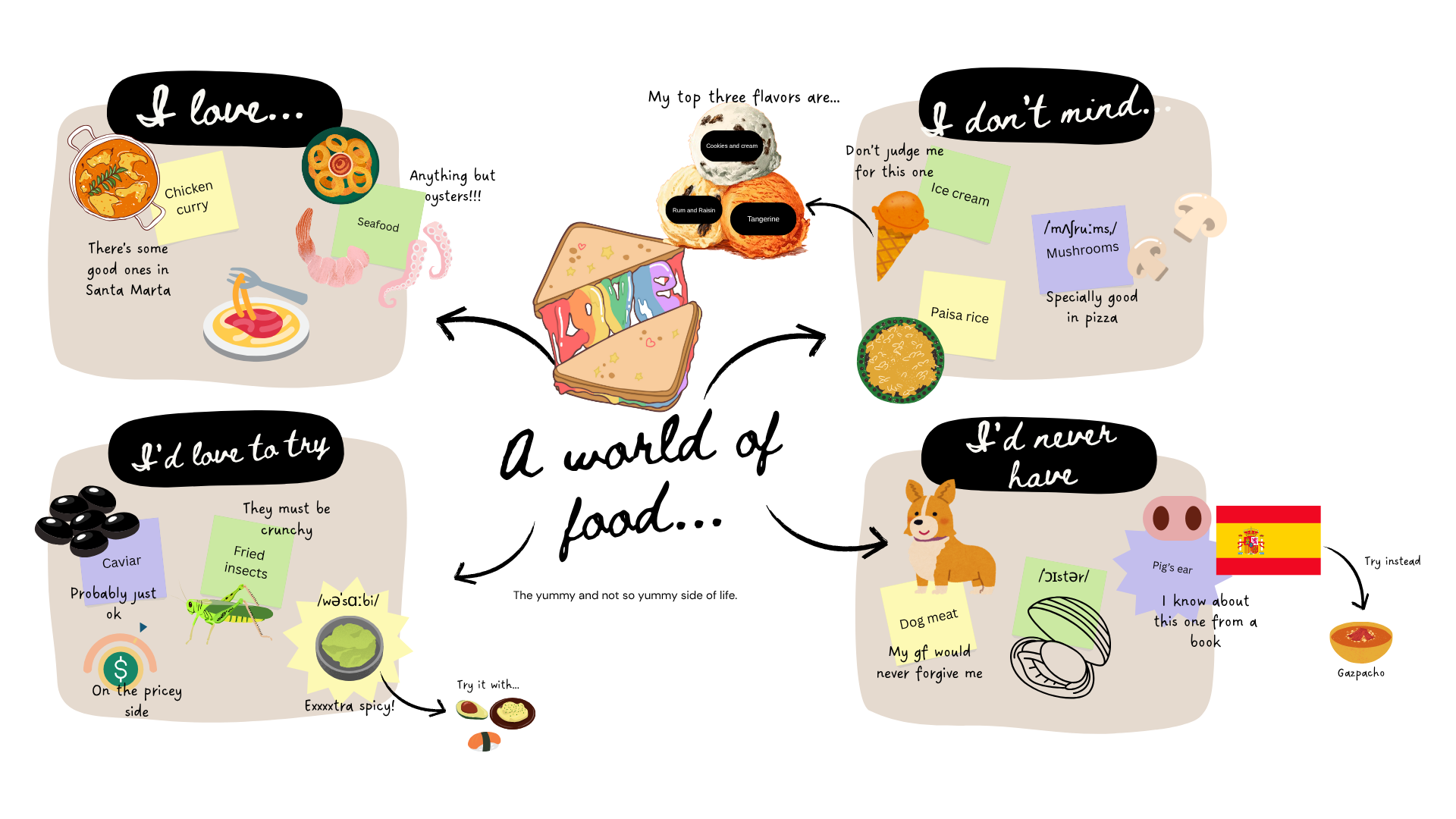
There we go! I added some ice cream preferences, alternatives for some of the least yummy ones, and a couple of ideas to try with wasabi.
But this can’t be the only way
As you have noticed, I’m a visual and hands-on type of person. How could you adapt these ideas to your own learning style? If you would rather listen to something or use your body to remember information, what would you like to do? Let us know in the comments.
Recommended7 dieron "Me gusta"Publicado en Colaboración digital, Educación, Idiomas, Metodología pedagógica


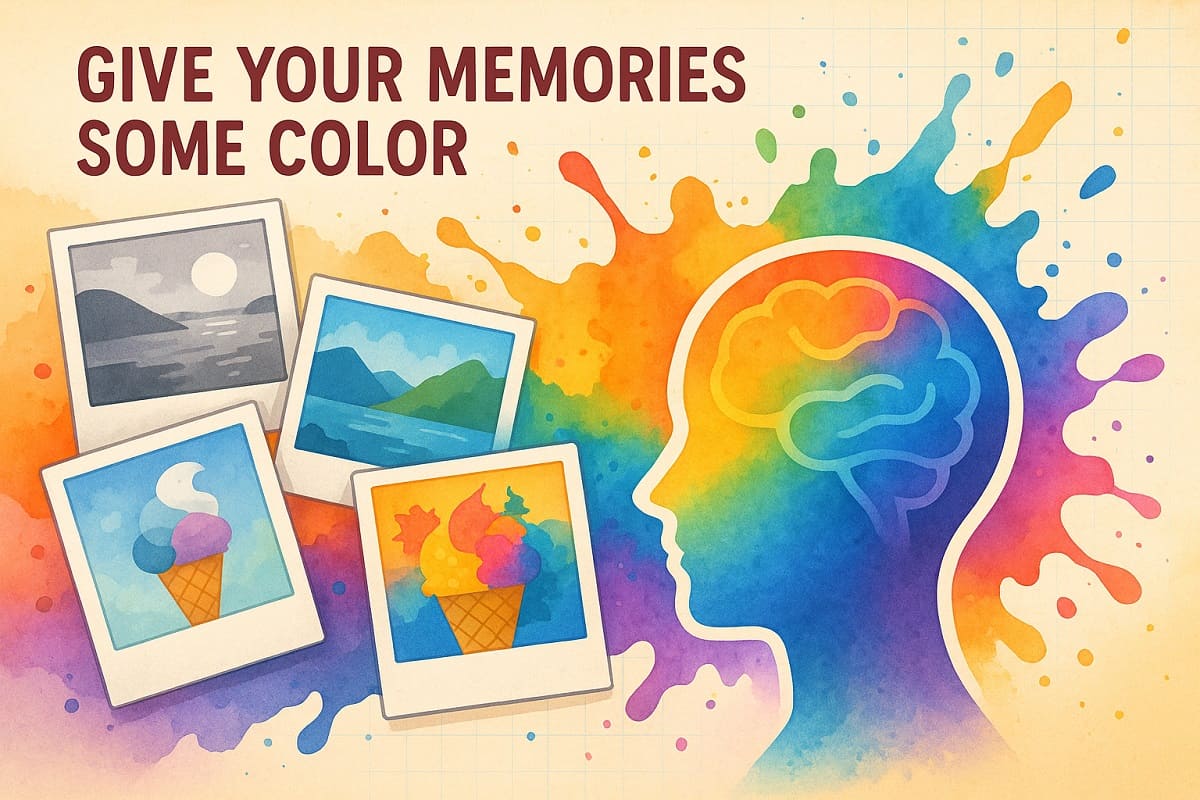
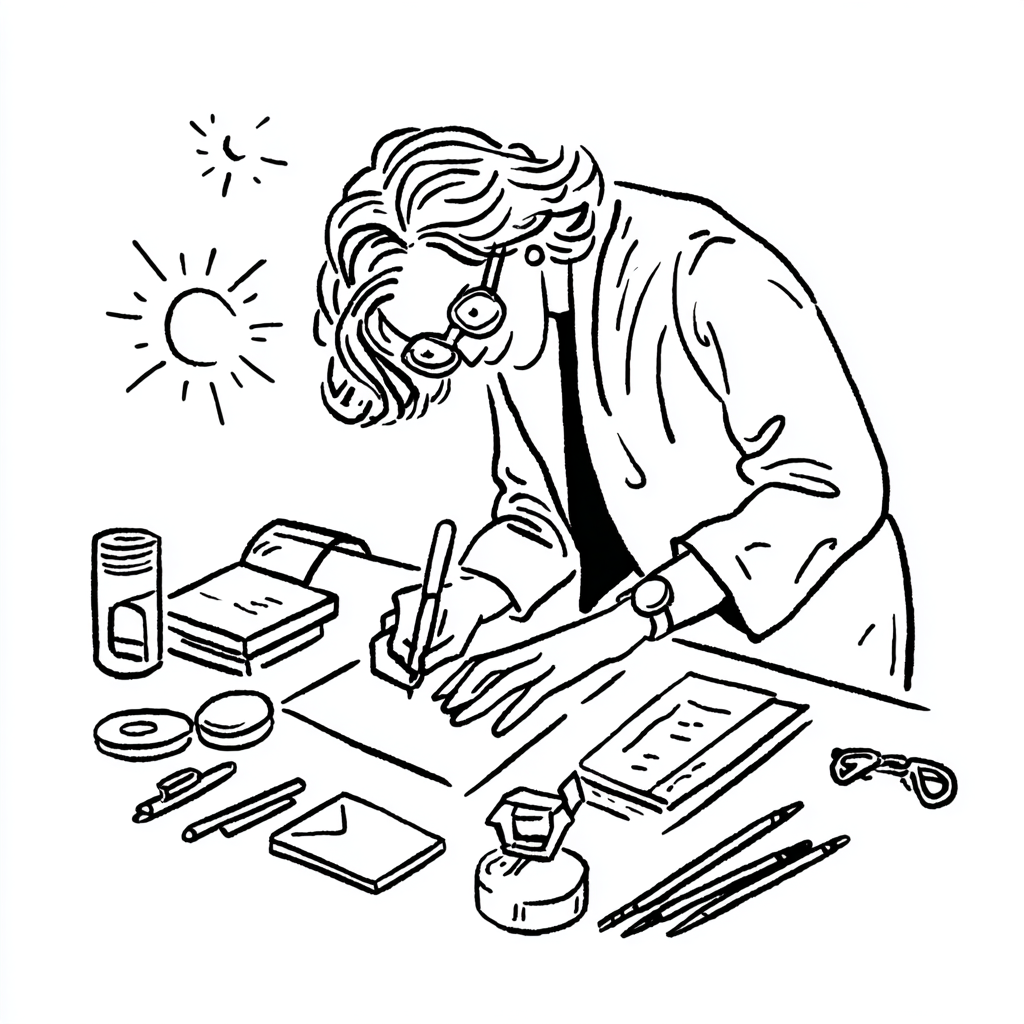
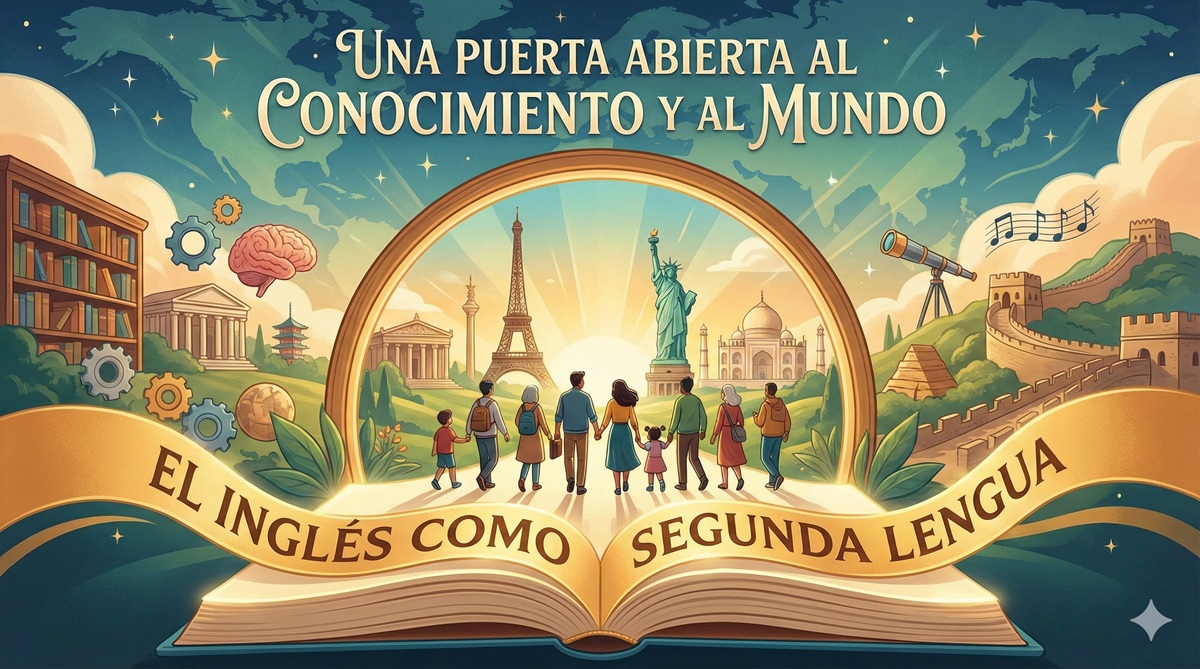

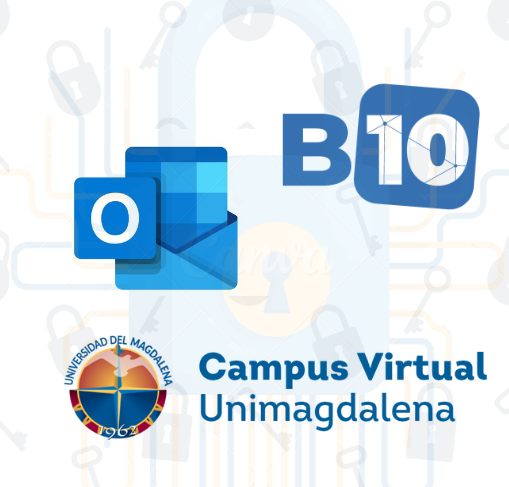
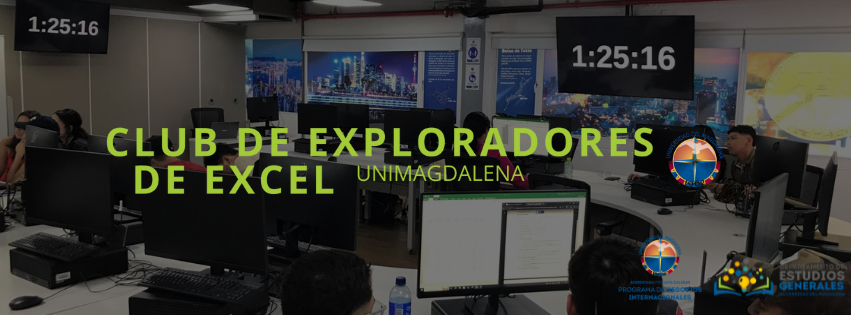
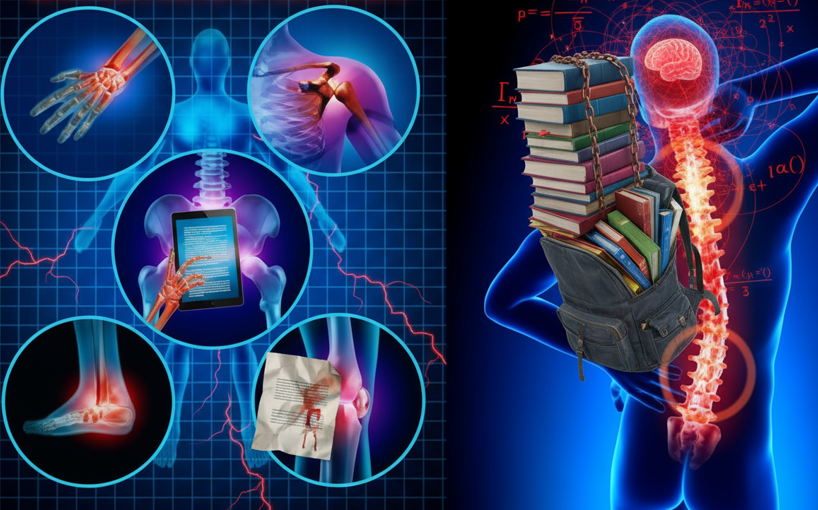
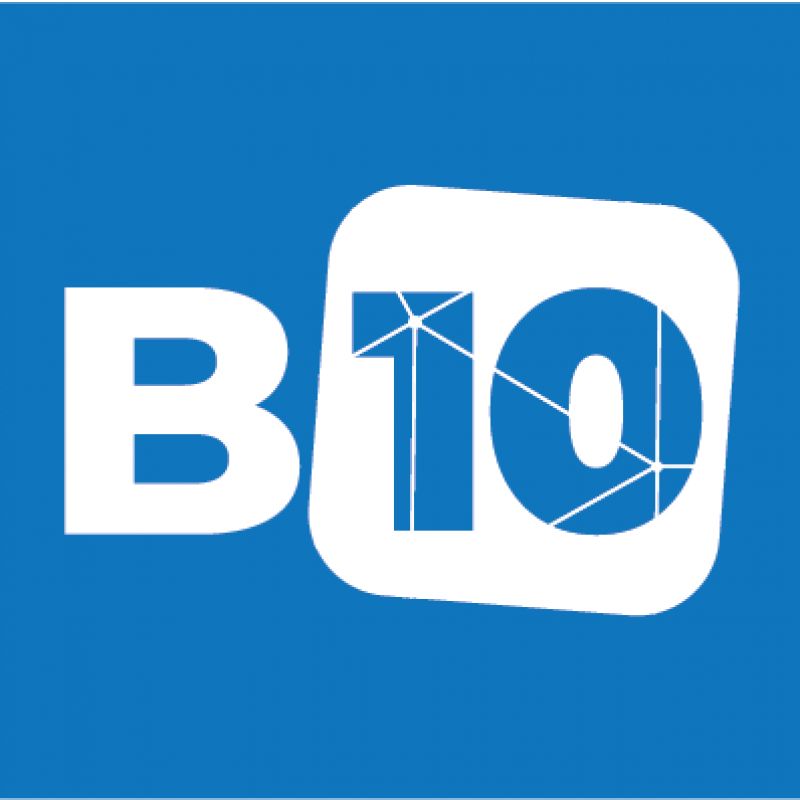

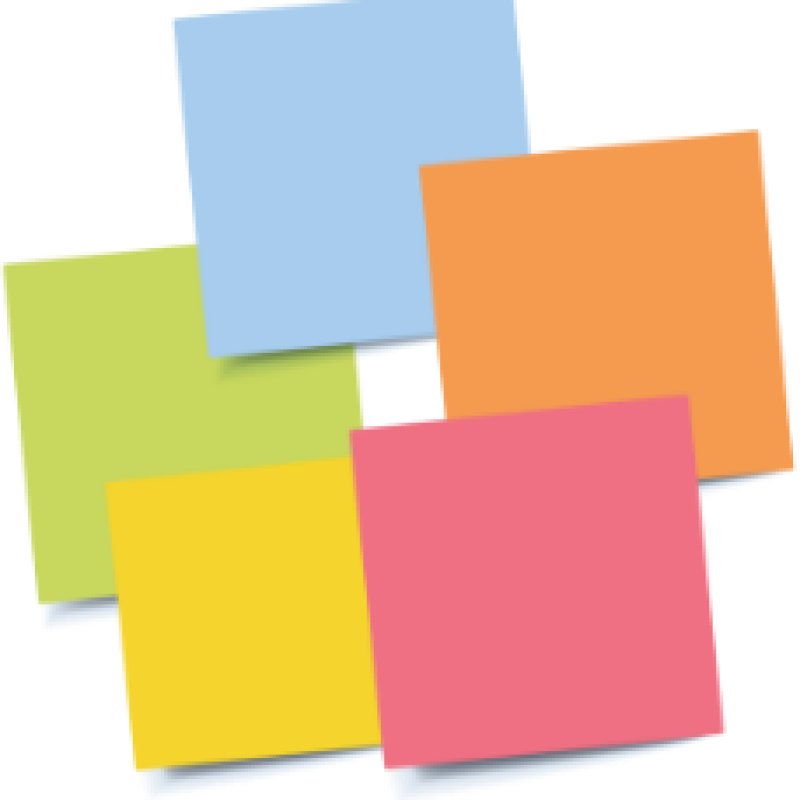
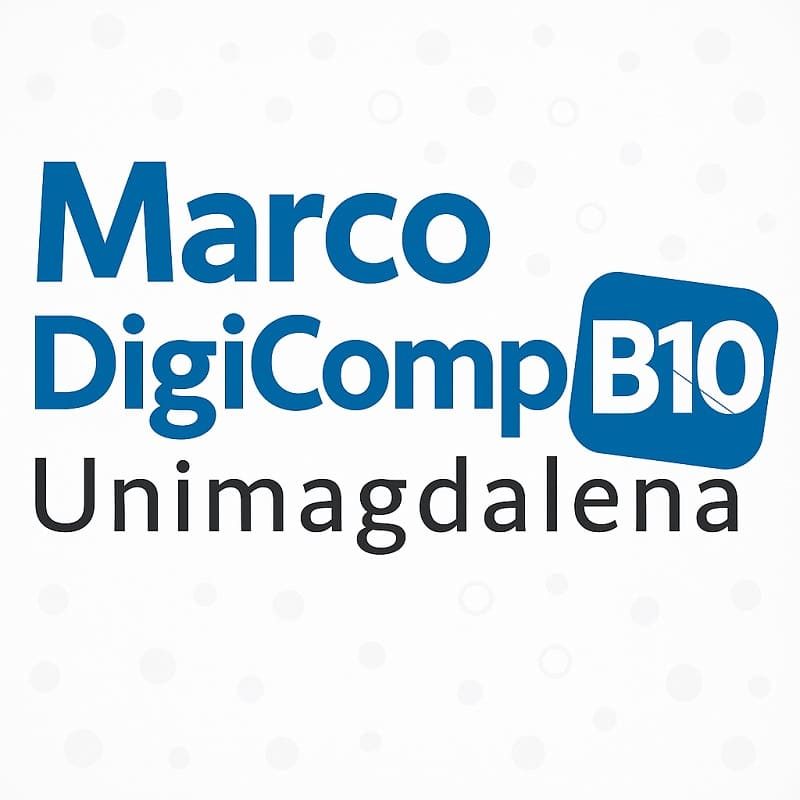
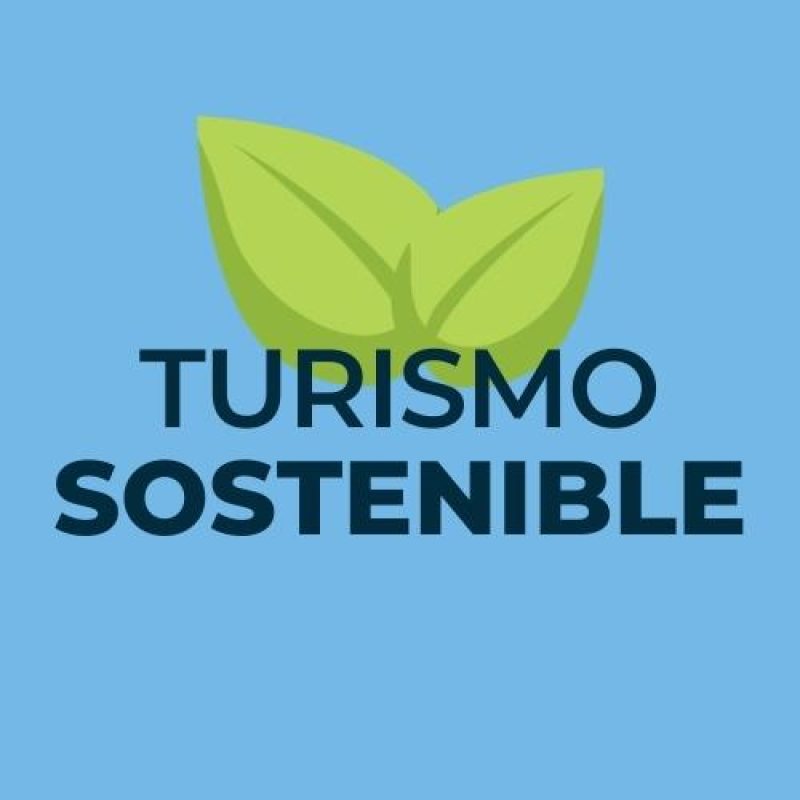
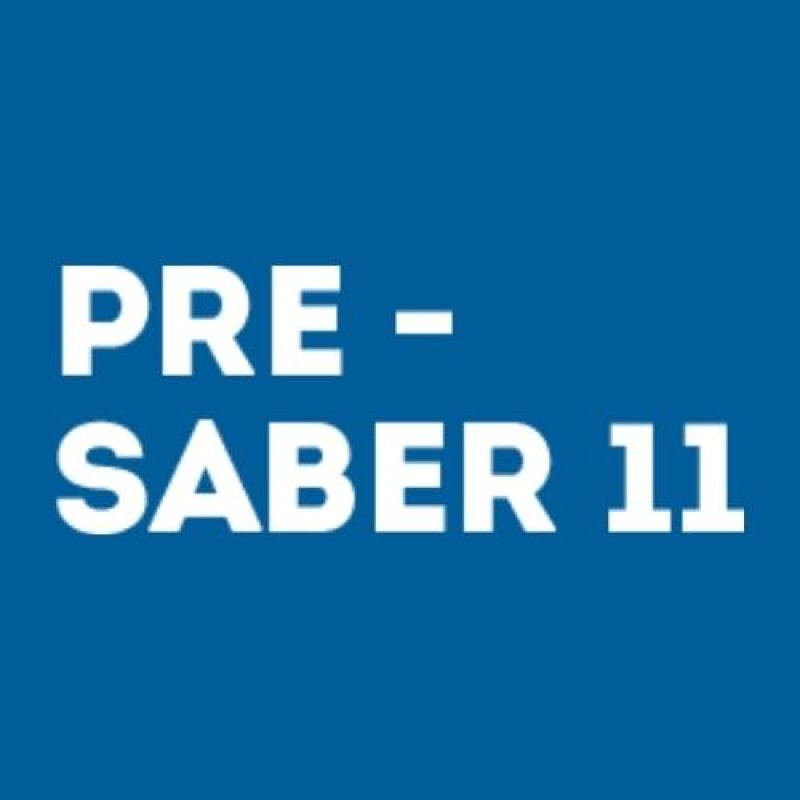
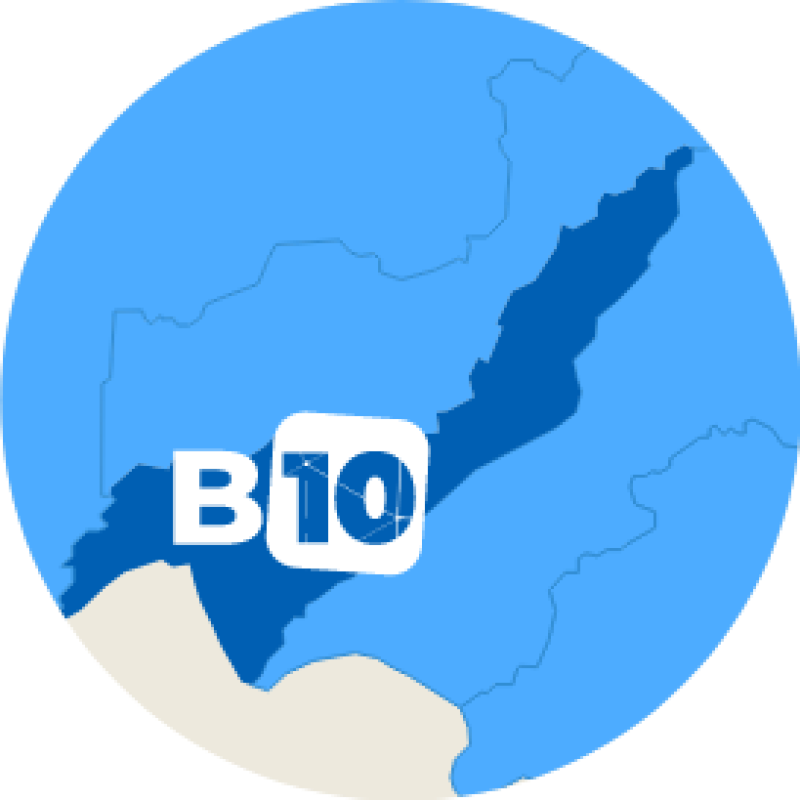
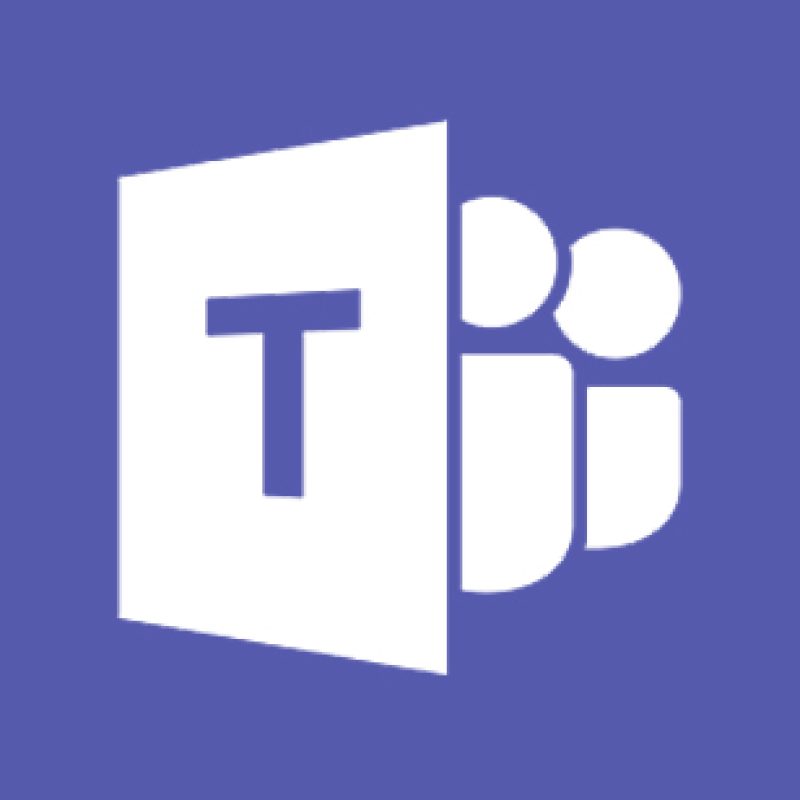
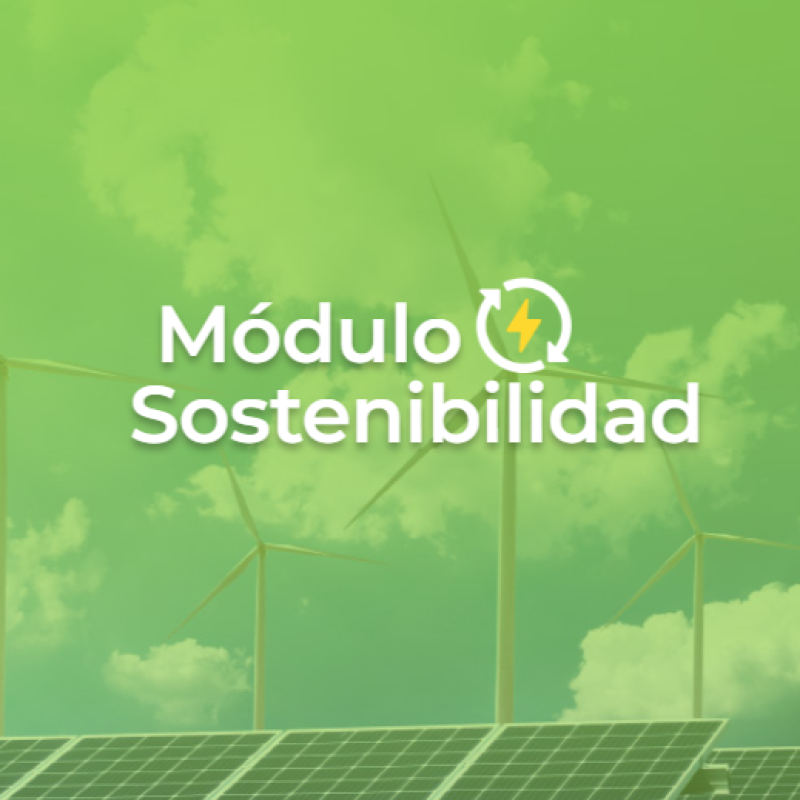
Comentarios